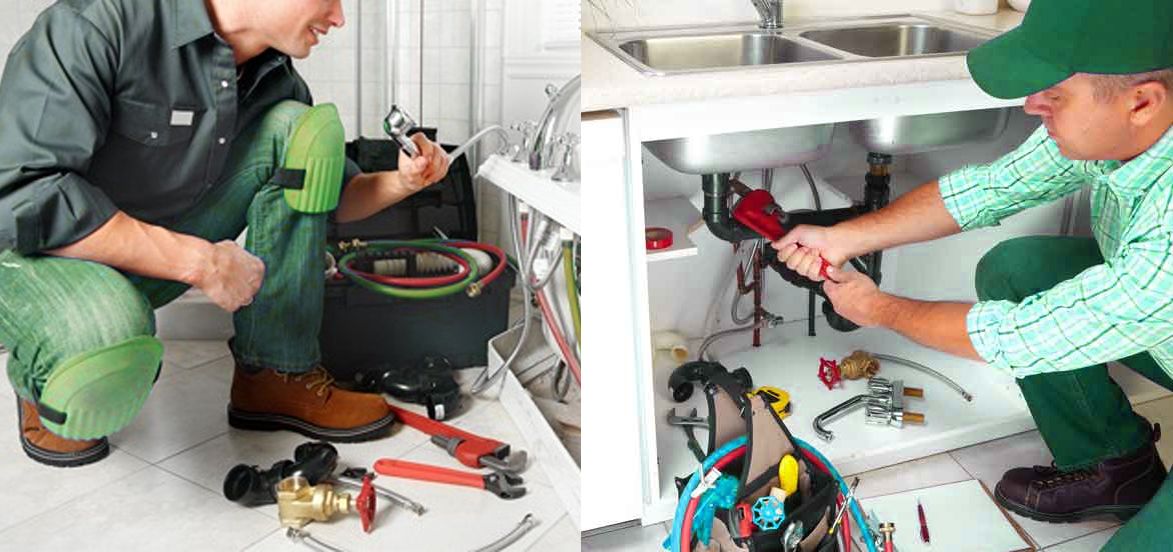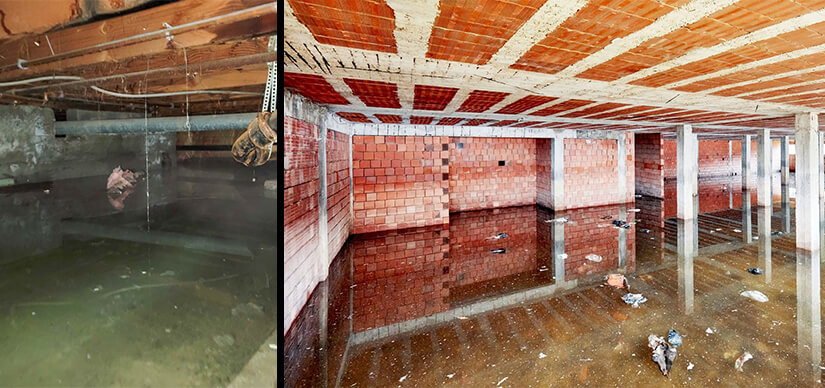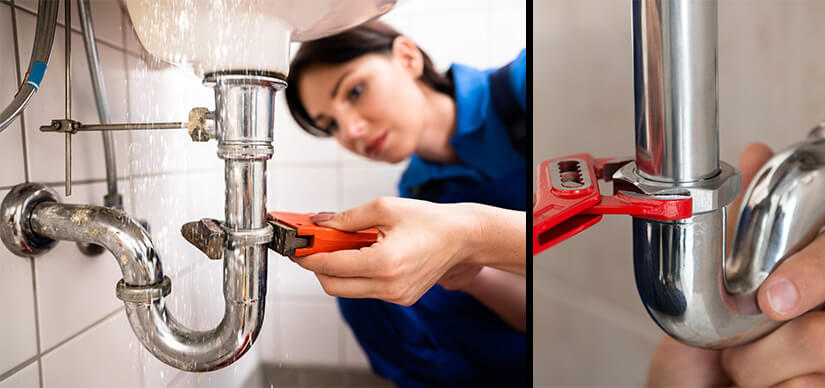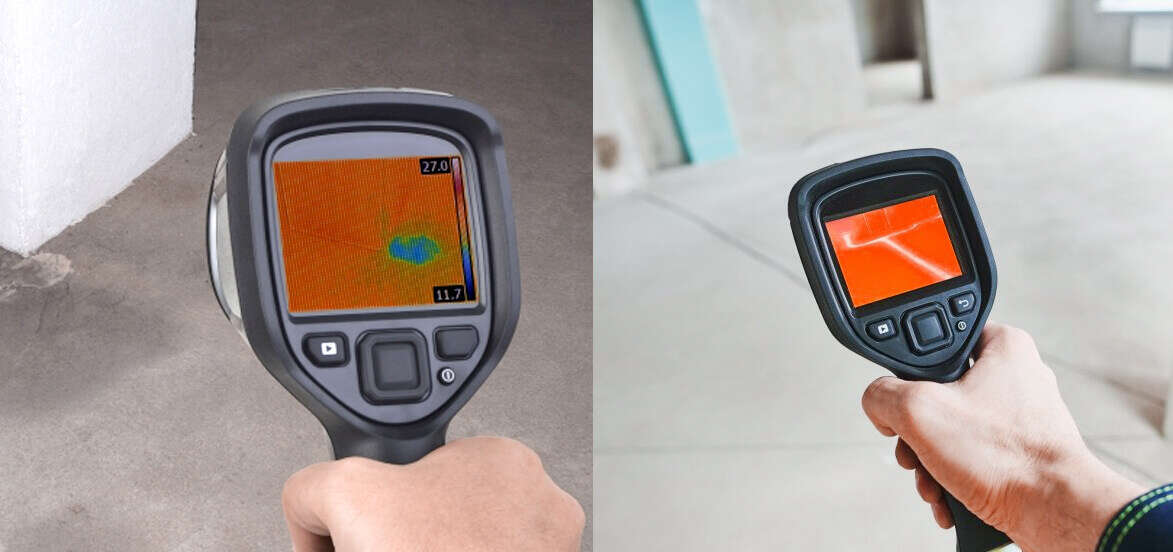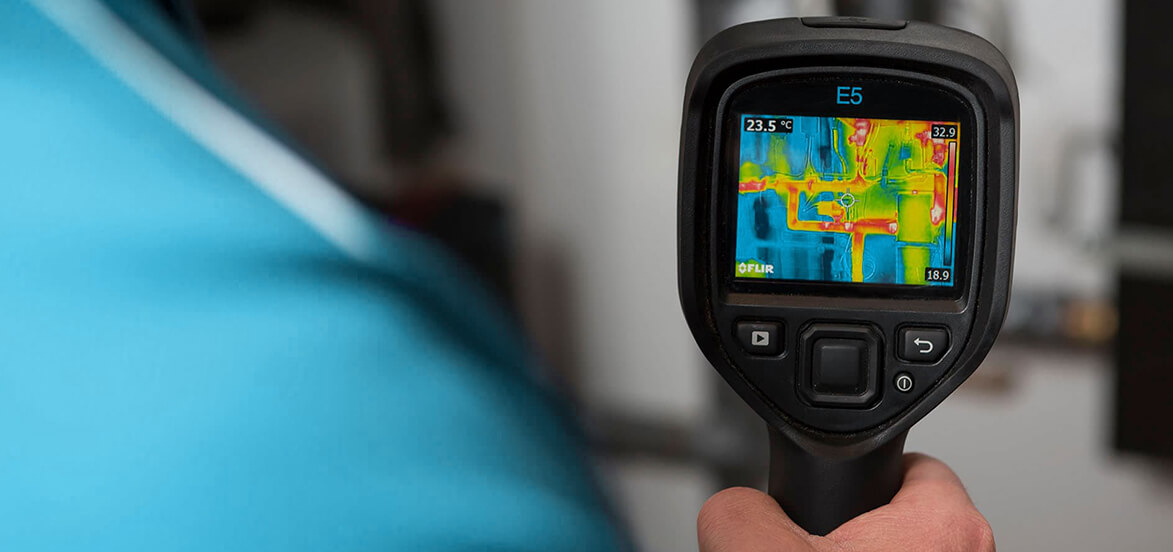Detecting and Auditing Water Leaks: Top 6 Successful Methods
Water is precious, and each droplet is valuable. However, ageing infrastructure can result in a 50 percent loss of water. A leak or crack in a pipe can lead to water loss, and underground leaks are difficult to detect unless there is visible evidence of damage. Water leaks in houses or businesses can lead to structural damage, cracked concrete, etc. So, when water reaches the home’s surface, it is quite impossible to find its primary source.
But the best part is you can find the leak location and quickly determine how severe a leak is with the help of professionals. Hence, if you notice signs of water leaks, you can hire expert plumber for water leak repair in Los Angeles.
Moreover, if you detect the leak quickly, it will help prevent disasters. But for safety, you can shut off the main water source valve till the professional reaches the location. Now here the question arises: what are the different methods for detecting and auditing water leaks?
So, to get this answer, let’s read the below post:
Successful Ways To Detect Water Leaks In Your Property
1. Acoustic Leak Detection
Professionals can detect leaks in water and pipes using acoustic leak detection methods. This method allows you to check for leaks in underground pipes without digging them up. It’s amazing how low the rate of false positives is when plumbers use a microphone to detect leaks. Call water leak repair professionals in Los Angeles for acoustic leak detection in your home. This method is a valuable tool for locating underground leaks.
2. Vapor-Sensing Tubes
This is another method of detecting water leaks in your home or office. In this process, detecting leaks in pipes requires installing special permeable tubes. However, these tubes are connected to the pump, pushing air through the line and the sensors. In case of an abnormality, the sensors will trigger an alarm.
It permits leak detection in real-time. Water leak detection and repair professionals can help you detect leaks before any damage has been done.
3. Pressure Leak Detection
The flow meter and pressure gauge can quickly detect a leak with multiple readings. A pressure meter can detect this pressure drop when there is a leak in a pipe.
4. Thermal Leak Detection
Thermal cameras can detect leaks in hot water systems with this method. It is necessary to turn the boiler on before performing this procedure.
The floor’s surface temperature will rise when hot water passes through the pipe. With a thermal camera, you can see water flow through the pipes and pick up the heat pattern on the floor.
The camera can distinguish hot pipes from cold air in an environment without leaks. These leaks will appear as bright, irregular spots with a centre and a rough shape.
What Are The Auditing Methods Of Water Leak?
The auditing method reveals water leaks, water thefts, storage overflows, and metering errors in the water distribution system of your home. Also, it tells us where the water is going from the plumbing system. The water distribution system of a home loses water for various reasons, but how much is not clear. Some of the elements of a water audit include:
- Analyze system input volumes
- To determine authorized consumption
- Estimates
- Determine current annual real losses
Step 1: Water Inventory Method
In this method, the experts have to develop a fair understanding of how and where their system is using water. For this, they have to prepare a checklist of the water use points along with the flow rate. However, this list includes every point and facility where the water is getting used, like, toilets, faucets, mechanical systems, etc.
Apart from that, this inventory also consists of the type of systems installed in the home, its location, capacity, and flow rate. However, they will use a bucket and a stopwatch to get the exact flow rate. On top of that, if the home has an irrigation gardening system, then it will also include in the above list.
Once the checklist gets complete, the expert must pay attention to any unexplained water flow as a piping system is modified with time due to many reasons.
Step 2: Calculating The Water Usage
Many facilities use one master water meter. Master meter readings can provide a virtual picture of a system that shows where one can reduce water usage significantly in large areas. However, in order to narrow down the water use areas, the chances of sub-meters are also there. Moreover, the experts also figure out the installation of those sub-meters, which wholly depends upon the design of the home water distribution system.
Monthly readings of each meter are required, but if any meter reading is high, it is mandatory to read the meter once or twice daily. You can detect water leaks by turning off all the systems.
Observe all meter readings regularly for unexplained changes. Monitoring water meter readings will provide an overview of the water use. You can then conduct a water audit quickly and efficiently.
Step 3: Plan To Improve Water Efficiency.
Once the experts get an idea of water usage in the home or facility, they will establish an action plan to reduce it. However, the plan is established in such a way that each individual has the authority and full support required to implement the plan.
Moreover, this plan has specific water use reduction goals for the facility, but these goals should be measurable, realistic and achievable. Apart from that, the plan also identifies a particular mechanism for a periodic review of the program’s success in meeting those goals.
On top of that, the primary purpose of a water audit is to identify the areas where you can save water as the water efficiency plan sets priorities for implementation. However, it is wholly dependent on costs, advantages, and available manpower.
In the above post, we have discussed some of the water leak detecting and auditing methods so that you can fix it in no time. But here the question is what are the leading causes of water leaks due to which you have to call an emergency plumber in Los Angeles to repair them. So, to know about this, let’s dive into the leading causes of water leaks.
Main Causes Of Water Leak
1. Defective Pipe Joints
Pipe connections are often the weakest points in a line. When they weaken, they can leak. Joints are not always visible. When you use hot water, you may experience significant pressure in your pipe joints. Call a professional leak detection service to review your system annually.
2. Excessive Water Pressure.
Although high water pressure may feel comfortable, excessive or uneven pressure can lead to pipe strain. A pipe or faucet can only grip a certain quantity of water compression if the pressure exceeds that amount.
Measure your water pressure if you have concerns about it.
3. Roots Intrusion
Rather than coming from inside your home, the most common sources of water leaks are outdoors. Water can seep into your yard because tree roots interfere with water lines.
Wet patches or sinkholes in your home? Call professional water leak repair plumbers in Los Angeles to fix leakages.
4. Lose Water Connection
Hoses and pipes can become loose, causing leaks in your appliances. This may be because of shifting water connectors. If your washing machine hose shakes during the spin cycle, it may leak. You may notice puddles forming around your appliances if you have a leak in your water supply line.
5. Different Temperatures
Temperature variations can cause pipes to enlarge and contract. When freezing temperatures cause this expansion and contraction, the pipes may crack. So, check your plumbing regularly so that if you find any of the above conditions, you can contact the professional immediately.
Bottom Line
Are you experiencing leaks in your water distribution system? Are you looking for leak detection and auditing for your water distribution system? If yes, call the best water leak repair experts in Los Angeles now. The reason is they are highly experienced, skilled, and trained enough to handle all water leak issues.
Apart from that, they will offer satisfactory work at an affordable price.


